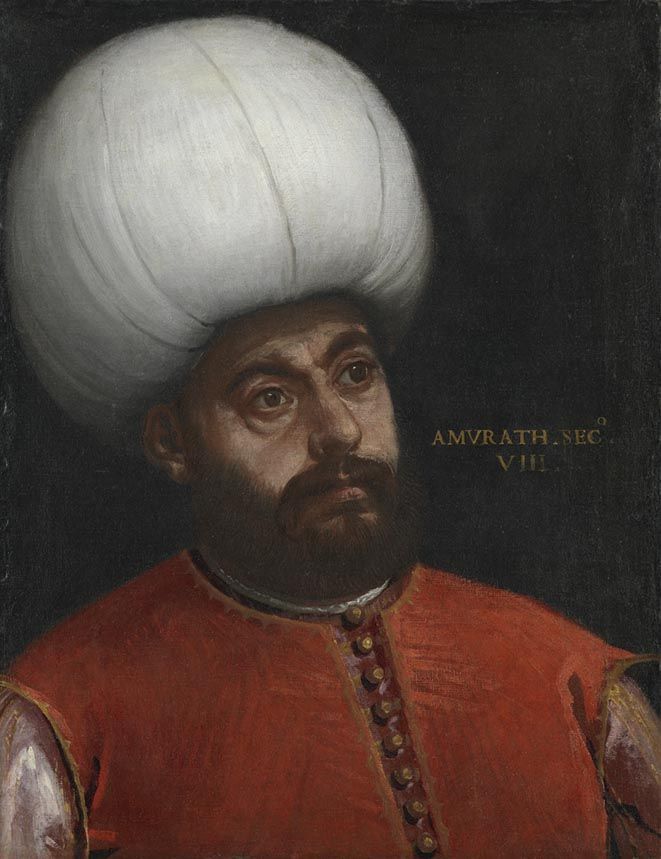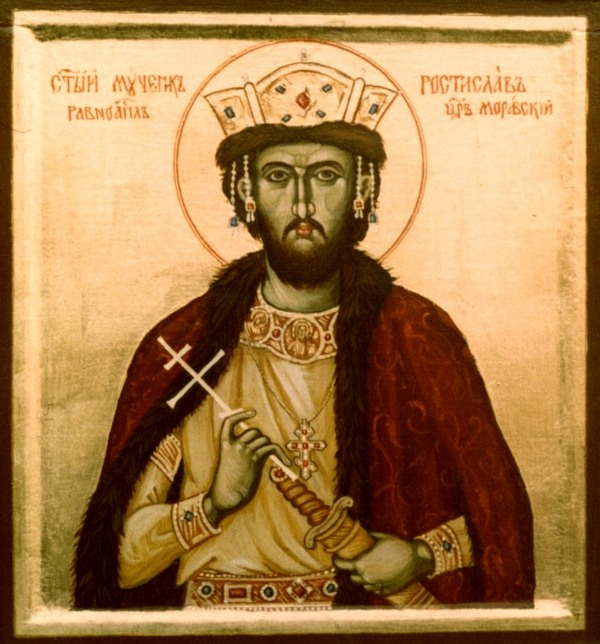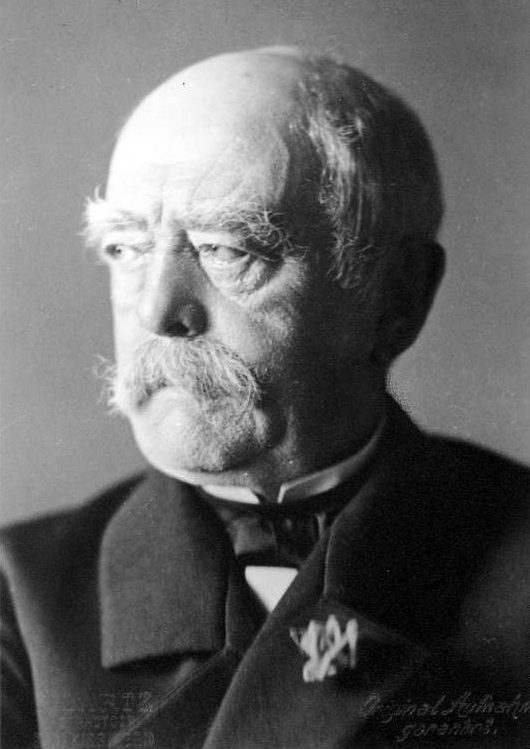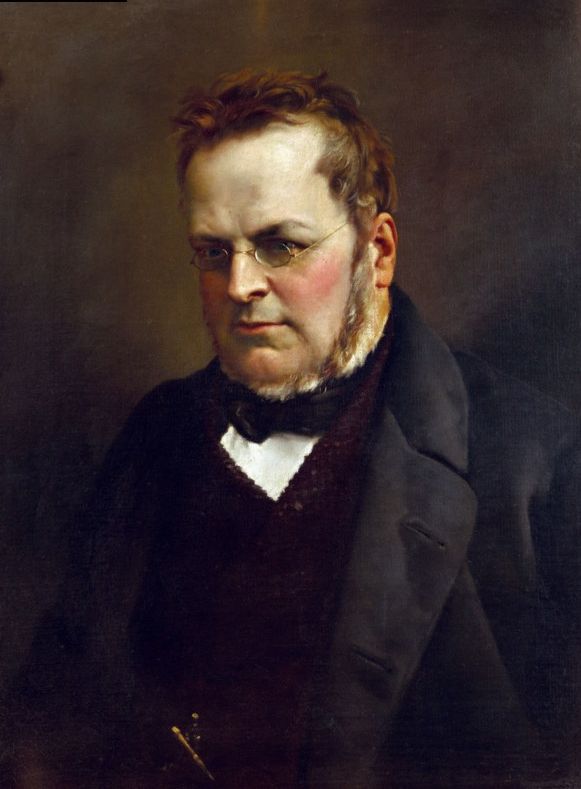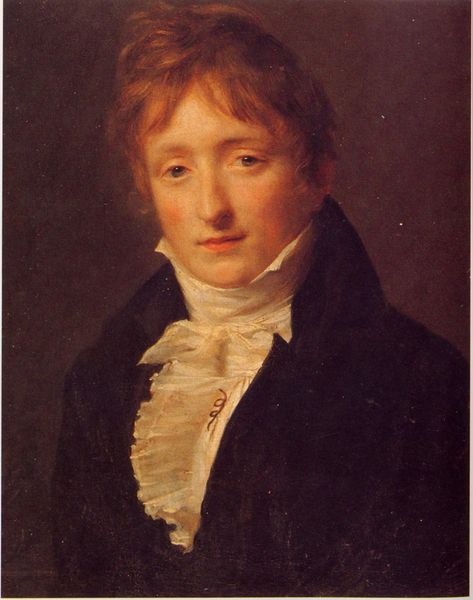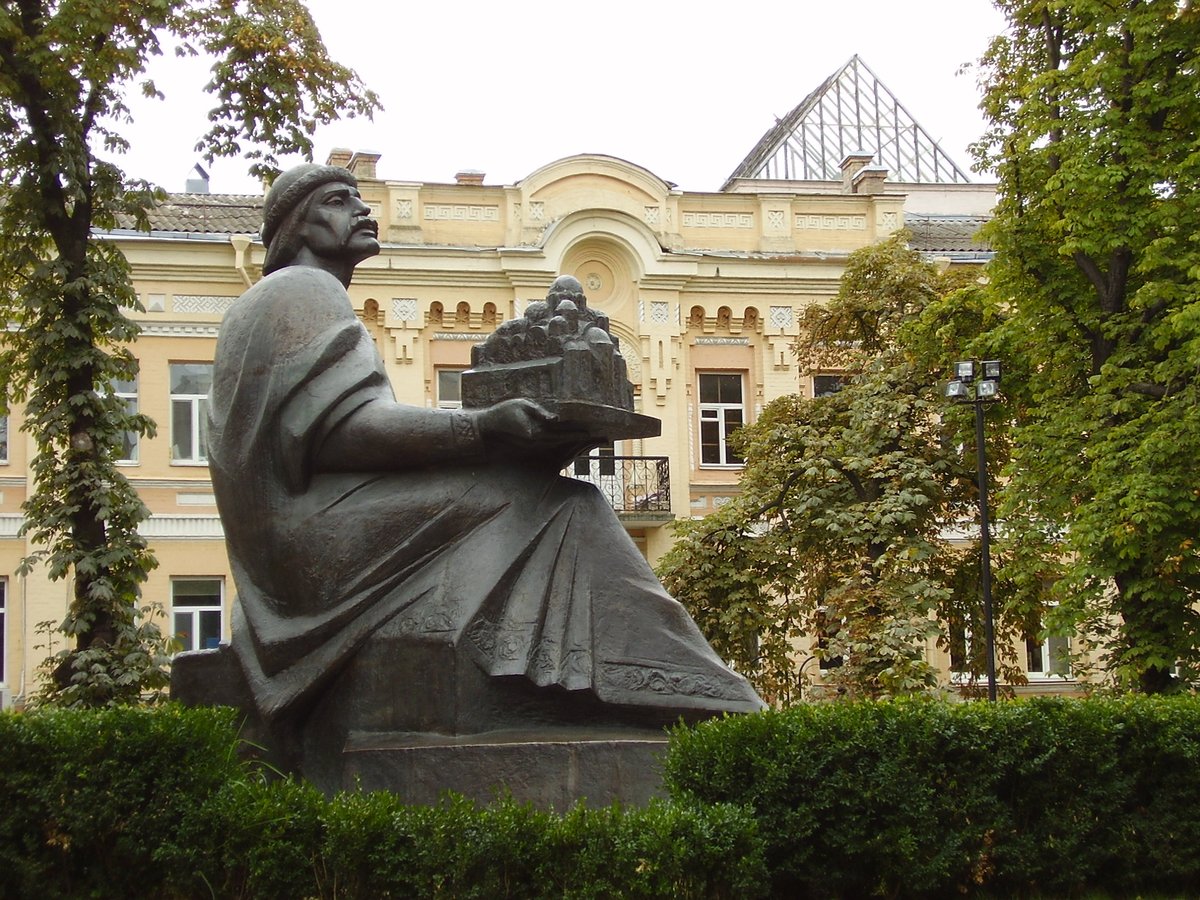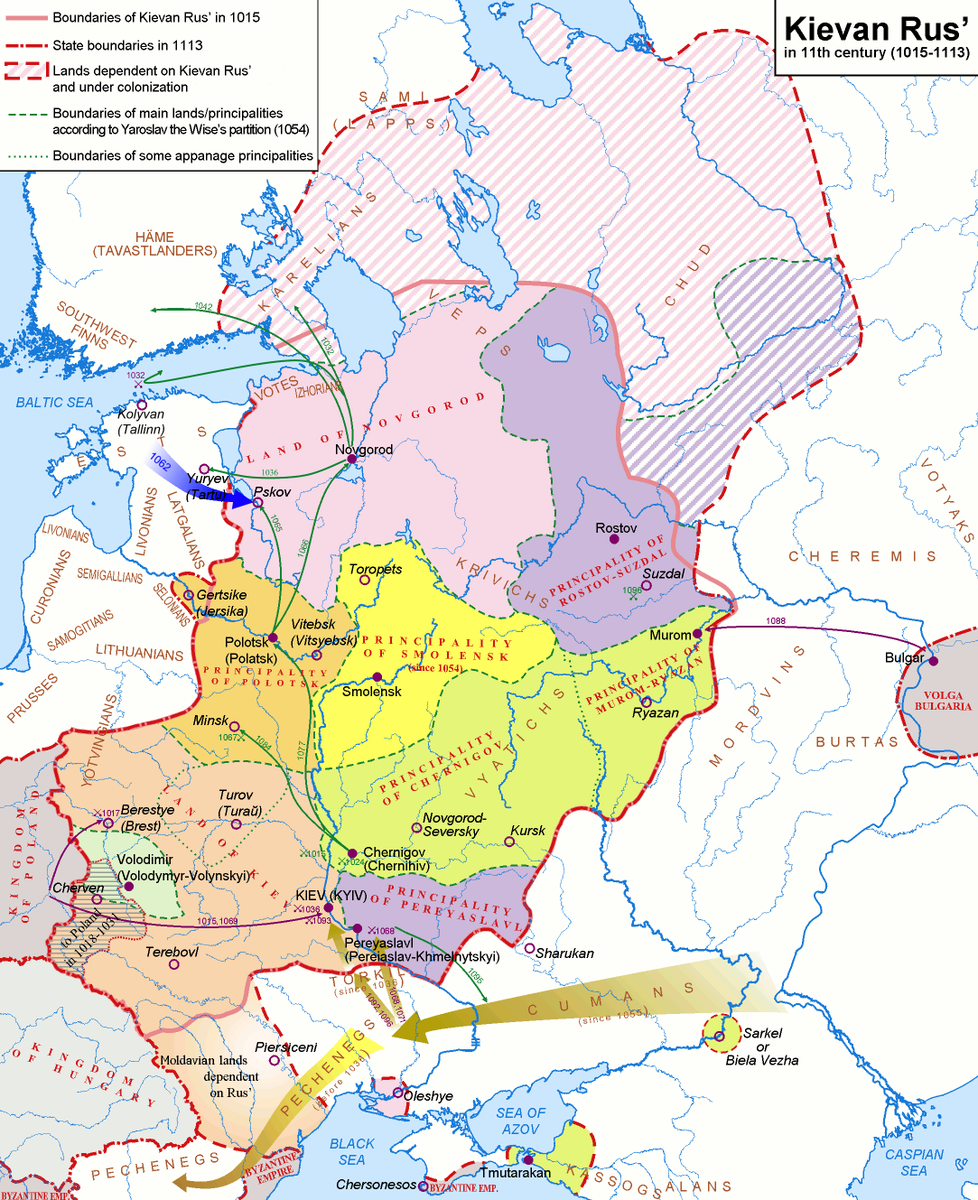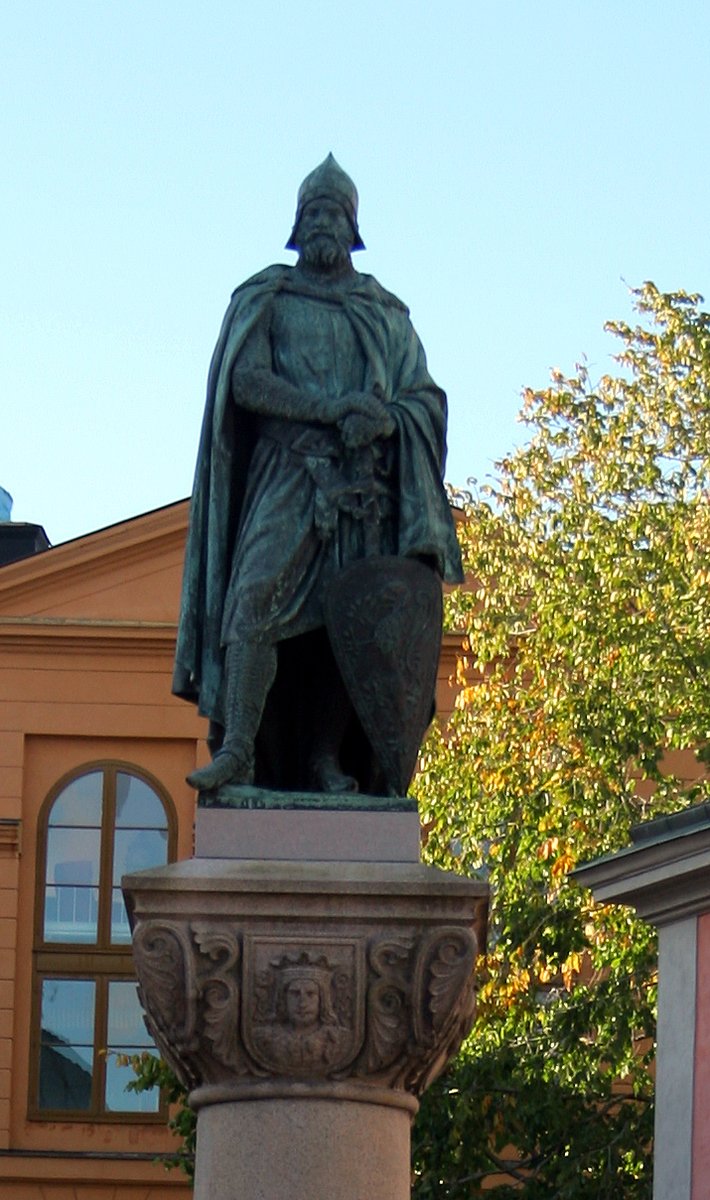A King Consort who overstayed to become a puppet.
Story in the evening ...
Story in the evening ...
https://twitter.com/Arby_K/status/1381796988883070978
Friedrich was born in 1676 to Karl, Landgrave of Hesse-Kassel and Marie Anna of Courland. Hesse-Kassel was formed in 1567 when Landgraviate of Hesse was divided among the sons of Landgrave Philipp. Friedrich was a descendant of Philipp's eldest son, Wilhelm. 1/10 
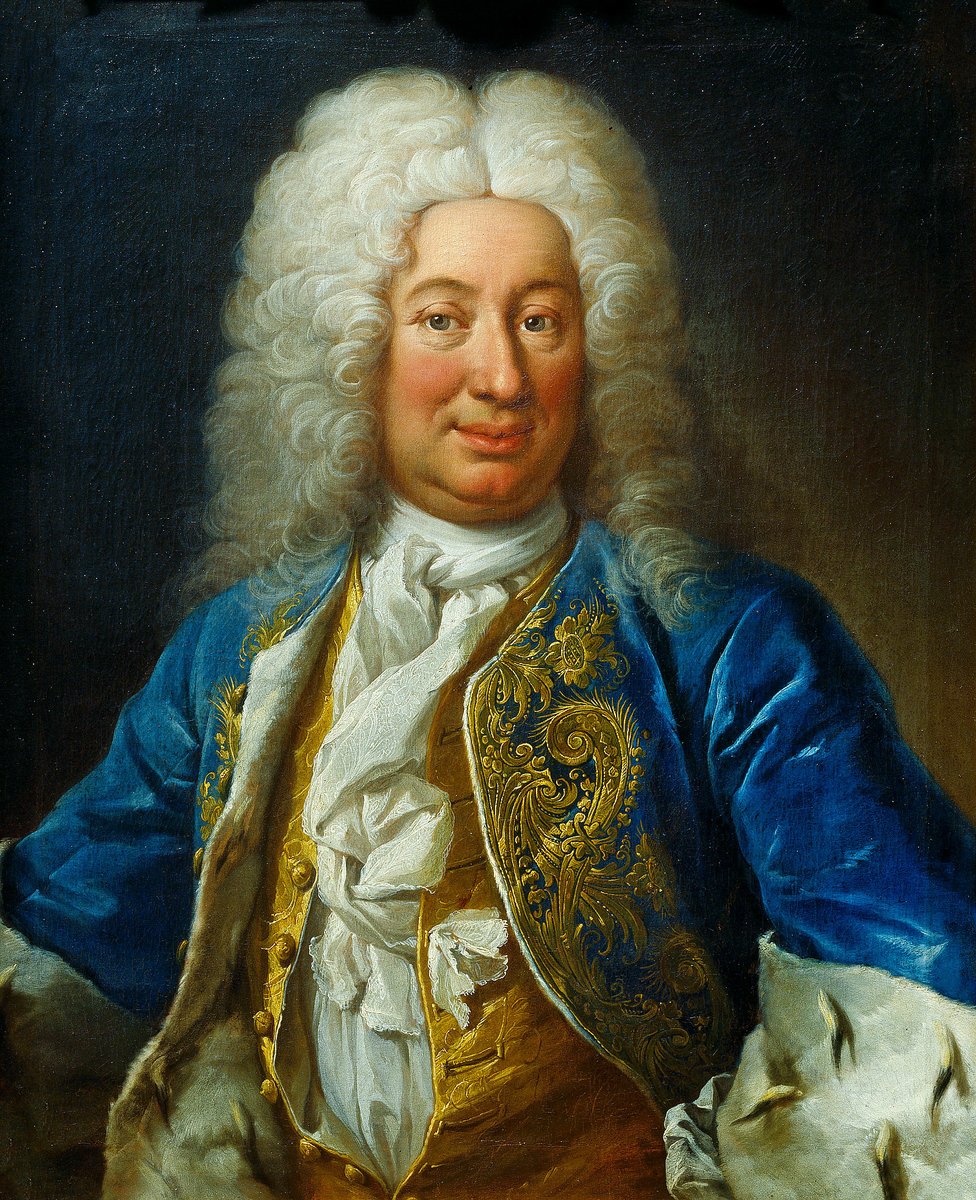
Friedrich led the Hesse-Kassel troops in the War of Spanish Succession on the Habsburg side. His results were mixed though it is said he fought bravely. In 1700, he married Luise Dorothea of Brandenburg, but she died childless in 1705. 2/10 

In 1708, he proposed marriage to Princess Ulrika Eleonora of Sweden. She was the younger sister of King Carl of Sweden. Over the past century, Sweden had grown into a regional power, expanding its territory. But it also brought them enemies. 3/10 

In 1700, Denmark-Norway organized an alliance with the Russia and the Polish-Lithuania Commonwealth. But Sweden was up to the mark, carving out victories in the initial battles. Denmark-Norway and the Commonwealth sued for peace. 4/10 
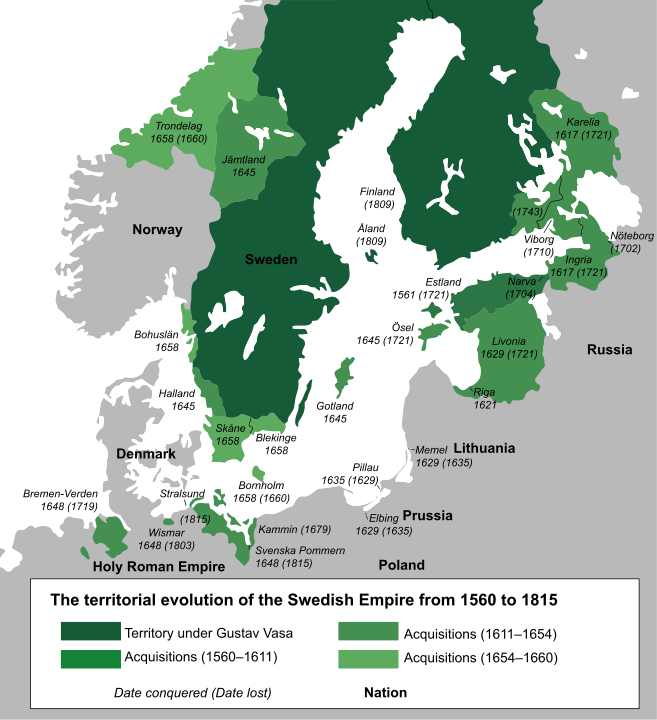
But Russia persevered defeating Sweden at Poltava in 1709. The defeat changed the tide against Sweden. With her brother away at war, Ulrika became the regent of Sweden. Her elder sister, Hedwig, had already died in 1708. 5/10 
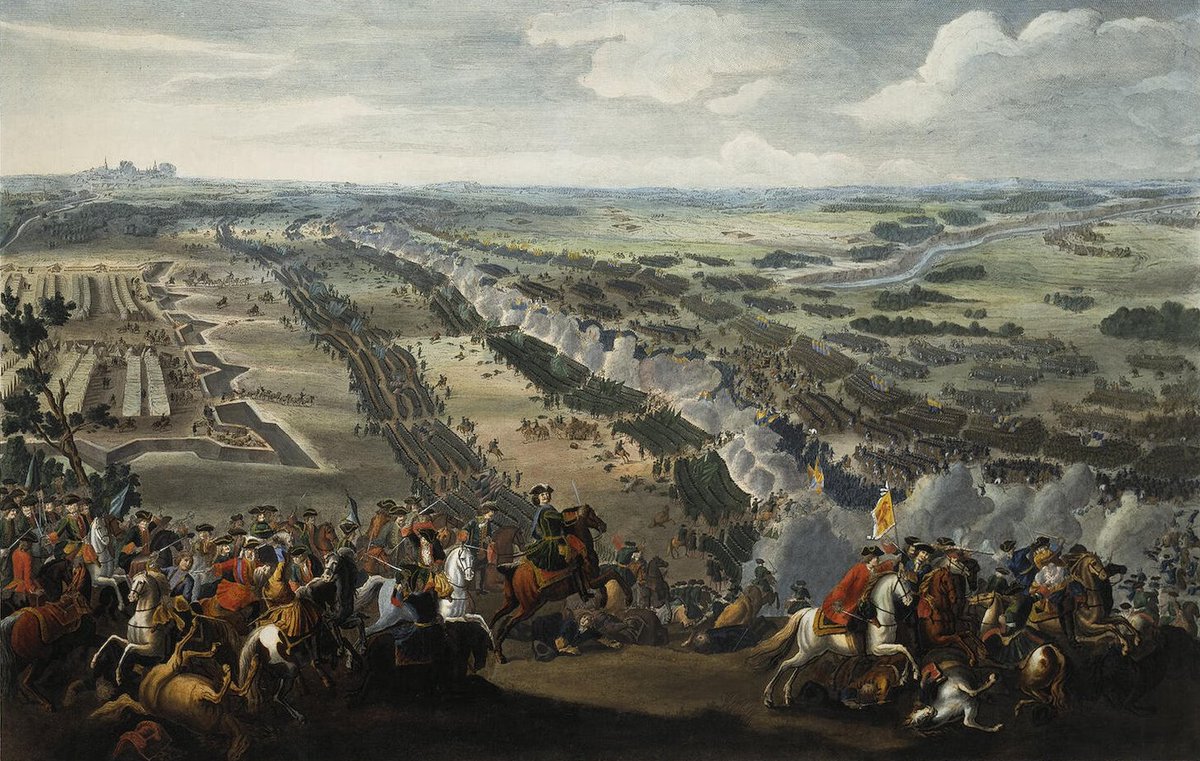
Friedrich and Ulrika married in 1715. King Carl died in battle in 1718. Ulrika pushed her candidacy for the throne. Hedwig's son, Karl Friedrich von Holstein. was the other candidate. The Riksdag supported Ulrika, but she had to restore many powers to Riksdag in return. 6/10 
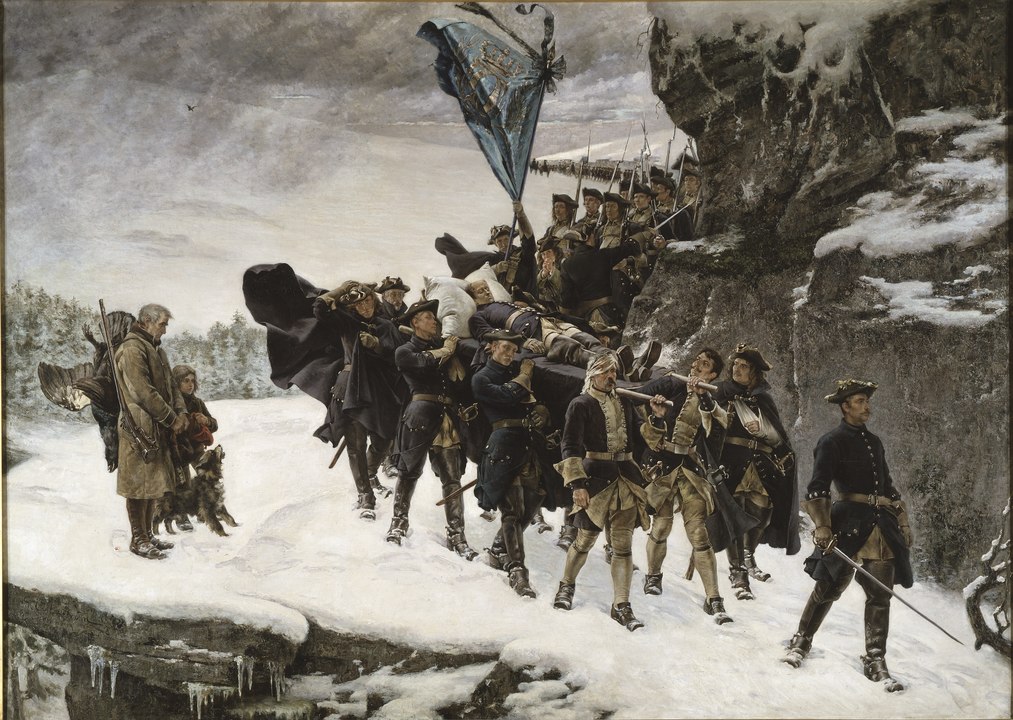
Ulrika was crowned Queen while Karl Friedrich left Sweden, eventually ending up in Russia. Ulrika's rule was short though, as she abdicated in her husband's favour in 1720. The Riksdag, meanwhile, retained most of its powers and made all the important decisions. 7/10 
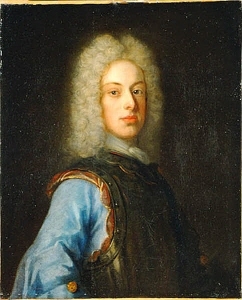
After King Carl's death, Russia pressed for advantage, eventually confirming their annexation of Estonia, Livonia and Ingria in 1721, and building their new capital, St Petersburg, in Ingria. Sweden's days as the major regional power was well and truly over. 8/10 
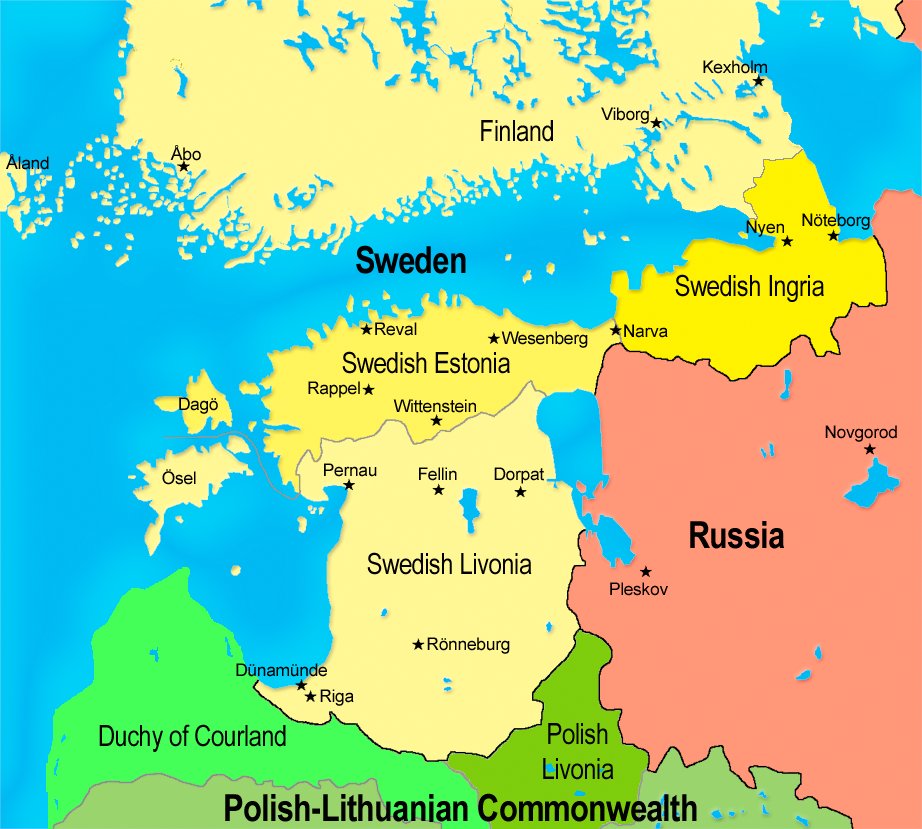
King Friedrich continued to rule in name, but without any power. The Riksdag led Sweden into an "Age of Liberty". In 1730, Friedrich inherited Hesse-Kassel, which he handed over to his brother, Wilhelm, to rule on his behalf. 9/10 

In 1741, Sweden tried to retake area lost, but failed. In the resultant treaty, the Russian Empress imposed an heir on to the Swedish throne. Her heir in Russia was Karl Friedrich's son. For Sweden, she put Adolf Friedrich, Karl Friedrich's cousin, who became King in 1751. 10/10 



• • •
Missing some Tweet in this thread? You can try to
force a refresh


